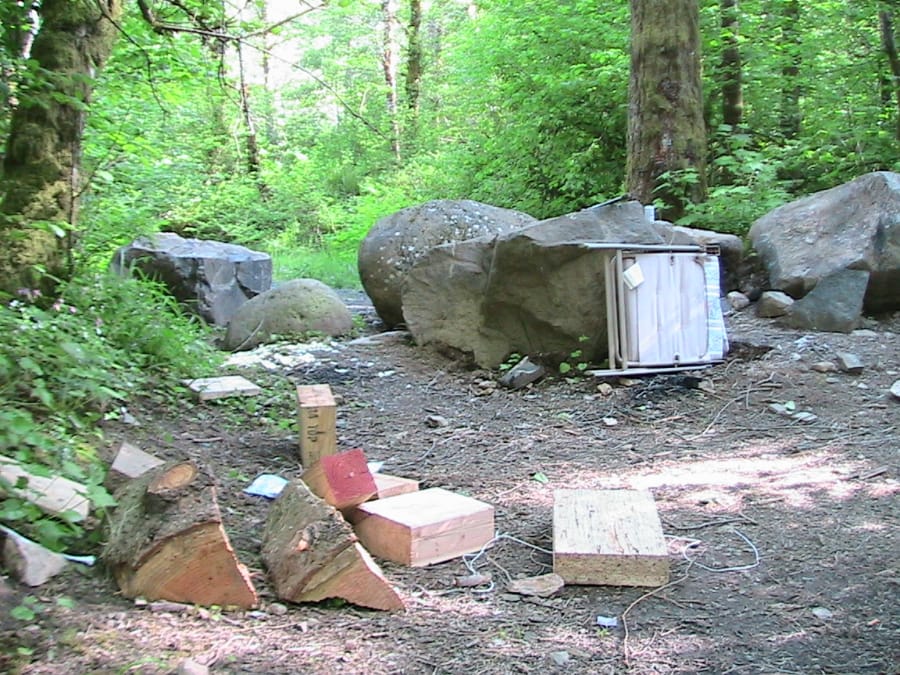Budget shortfalls are forcing Gifford Pinchot National Forest officials to triage its developed recreation sites — a process that could lead to some being abandoned.
Through a process being called “recreation site analysis,” Forest Service officials are evaluating more than 200 developed recreation sites — everything from campgrounds, rental cabins/lookouts and picnic sites to visitor information sites and trailheads, across the entire forest — and they’re looking for public input.
Combining that internal review with public comments, the agency will draft a list of recommendations to change how some sites are managed, and a list of priority investments to made in the future at certain sites.
“Ultimately, we need to maintain an effective, sustainable recreation program within our budget realities,” Gifford Pinchot National Forest Supervisor Gina Owens said in a news release. “We want our recreation sites to address public demand, provide a positive environment for public use and enjoyment, and meet our health and safety standards. To do that, we must explore creative options and develop community-based solutions. Not changing our approach will lead to further decline of recreation sites and changes in service levels.”




